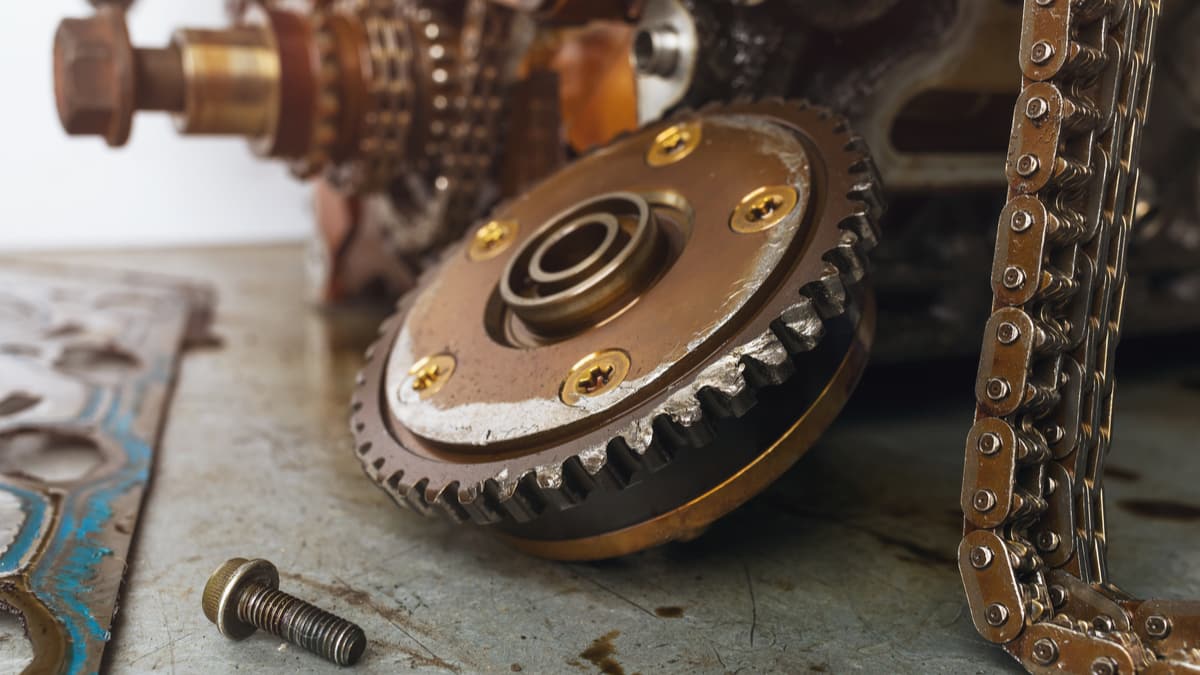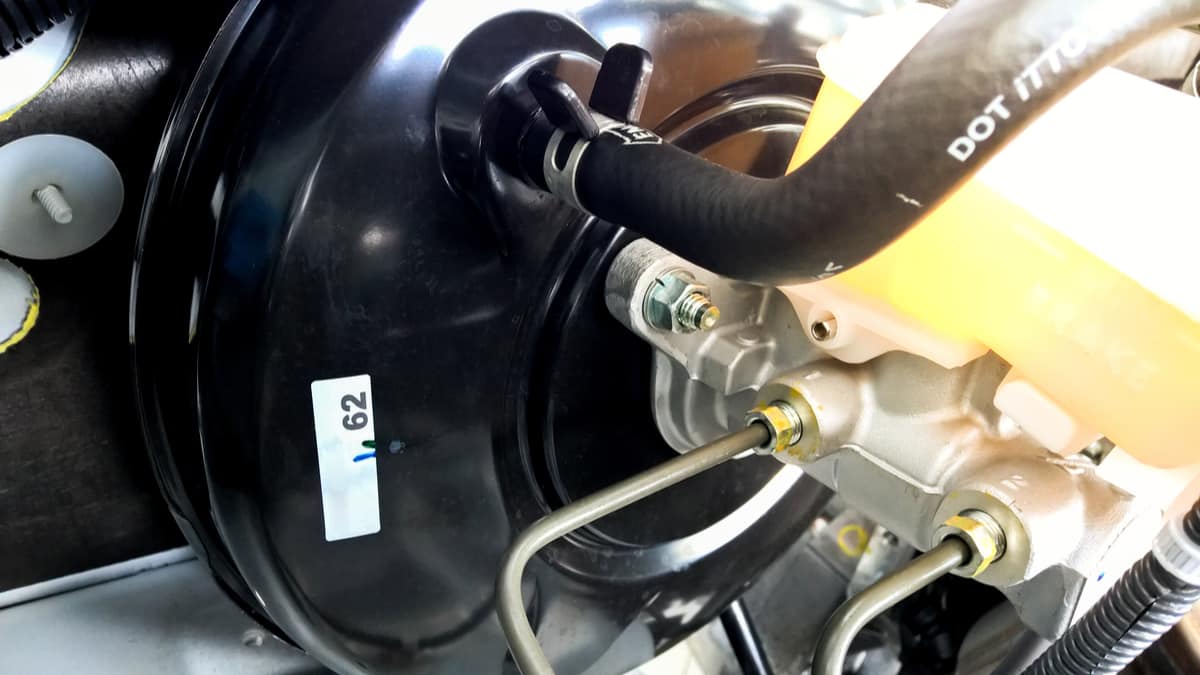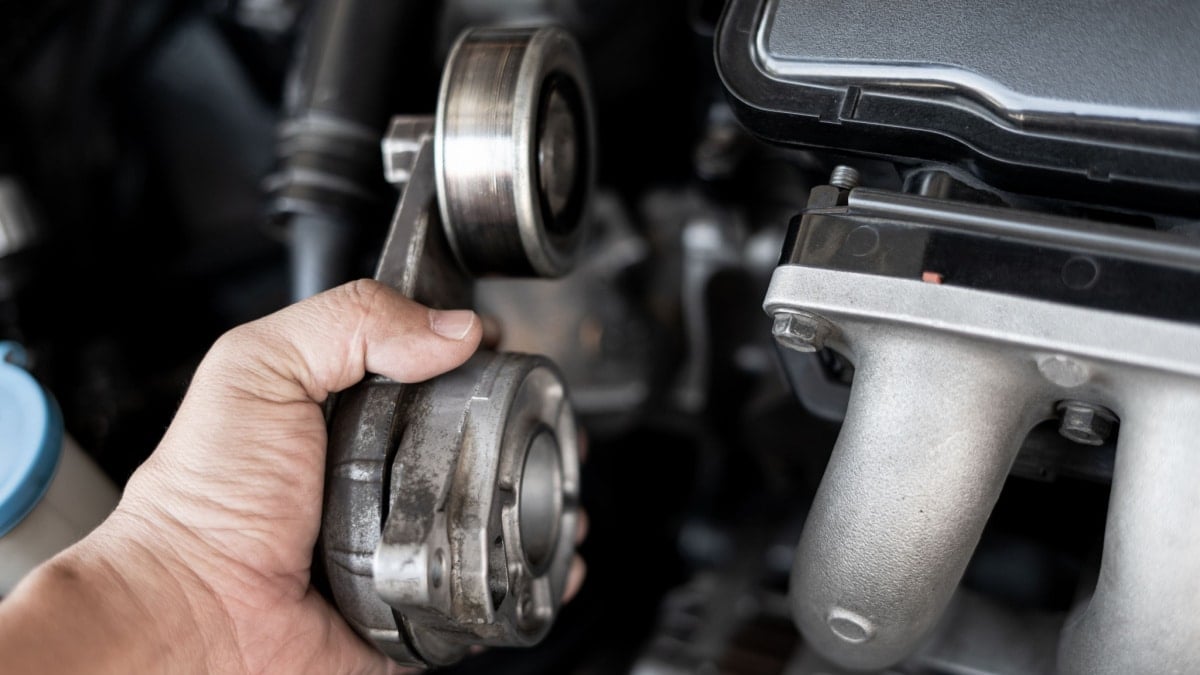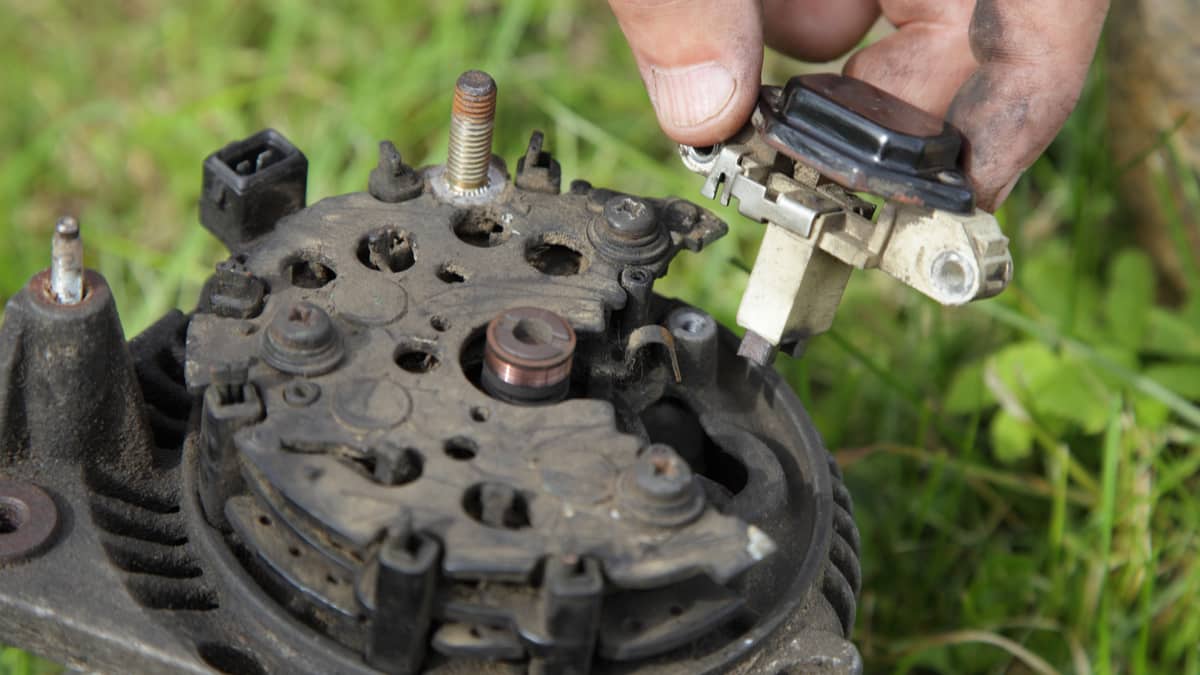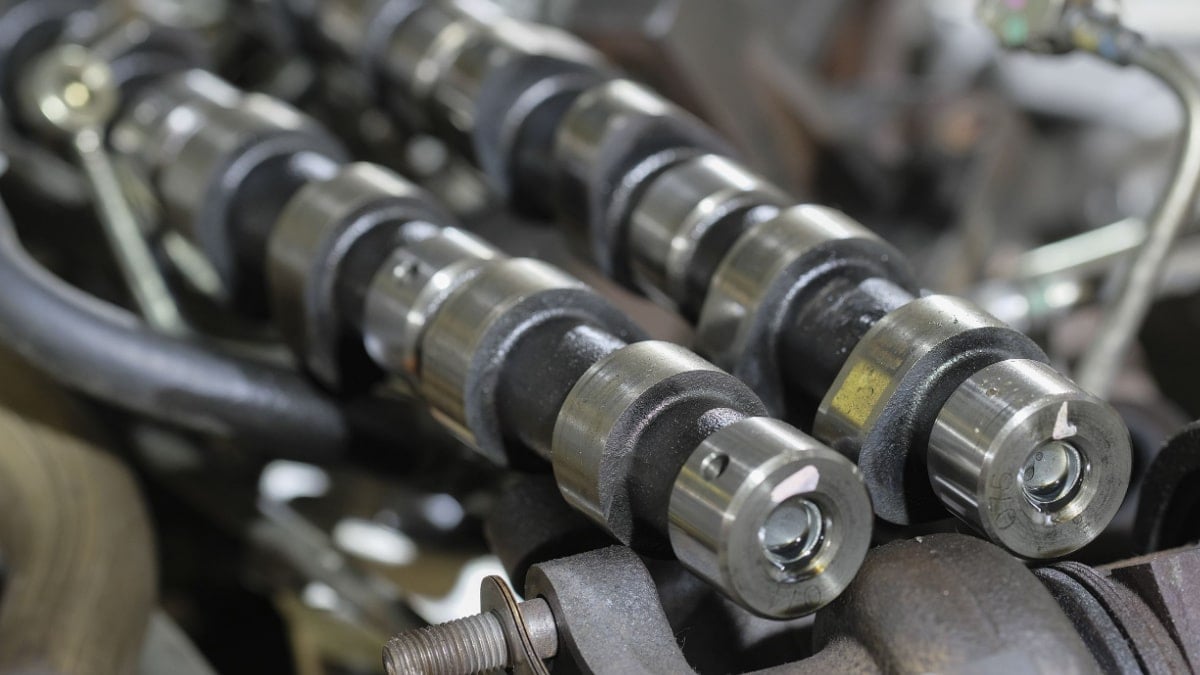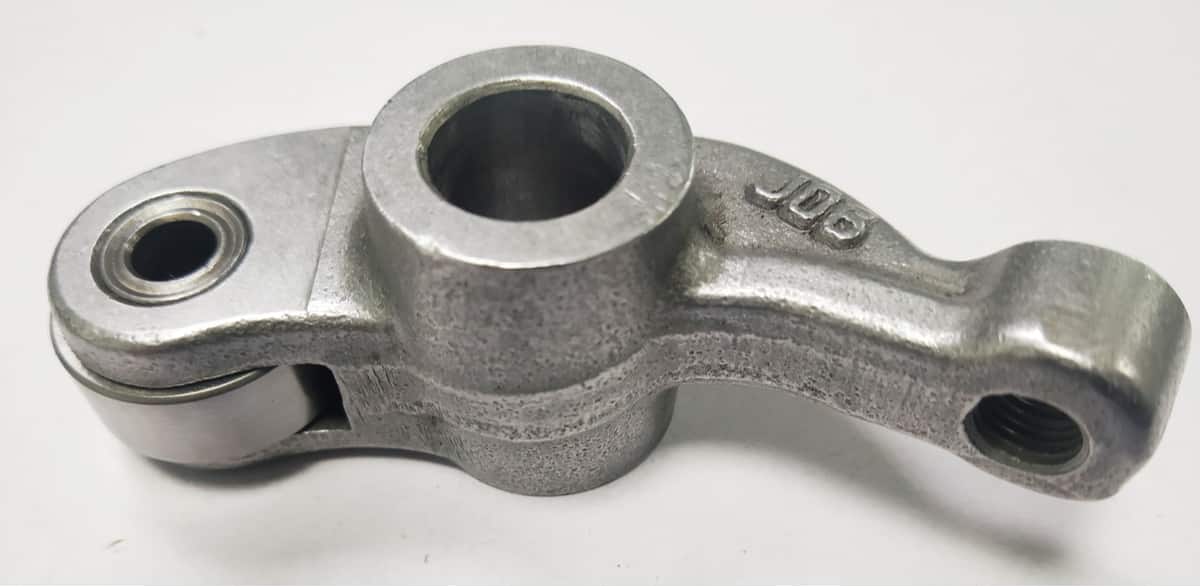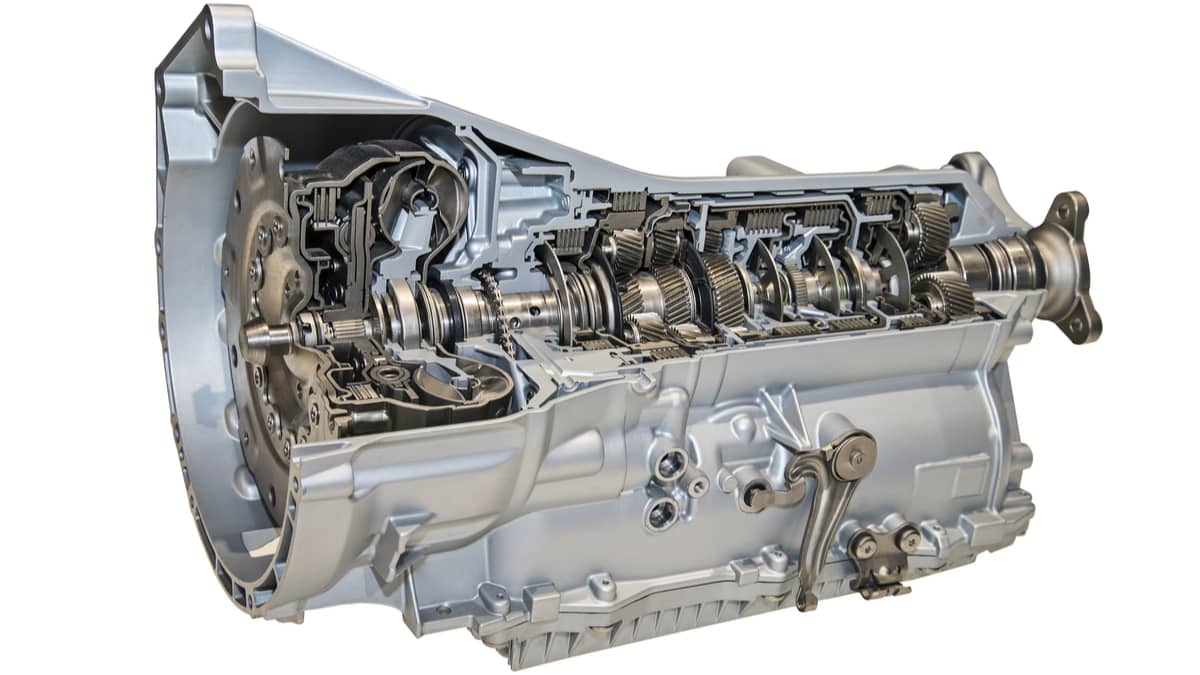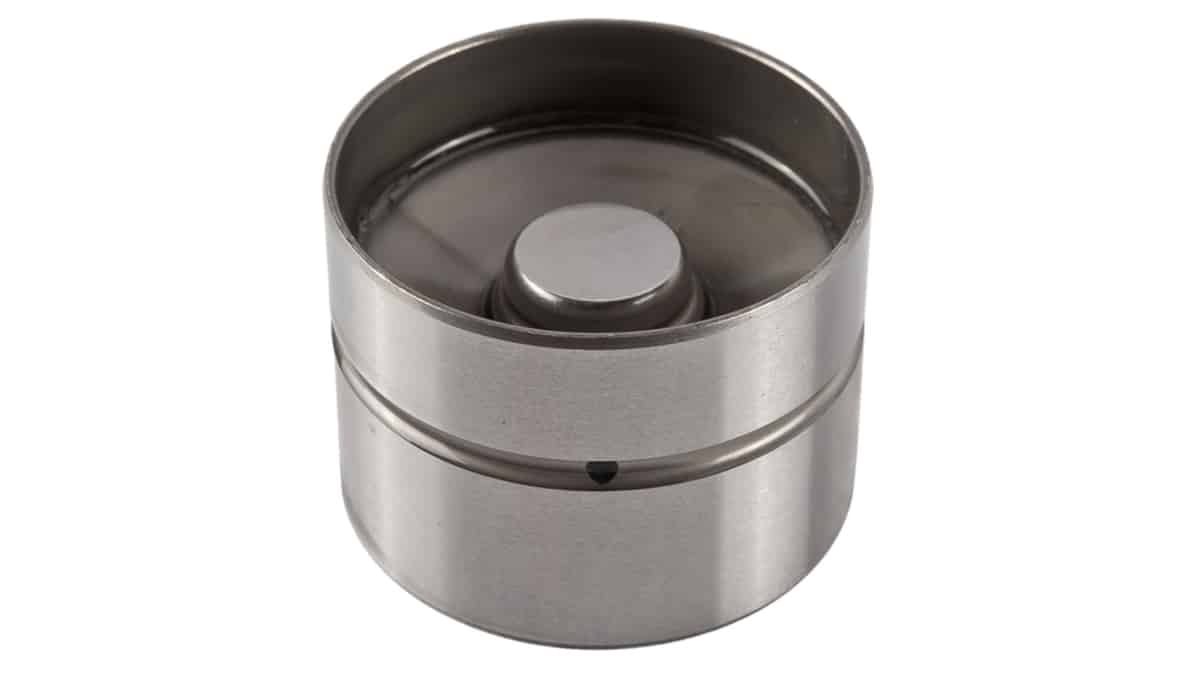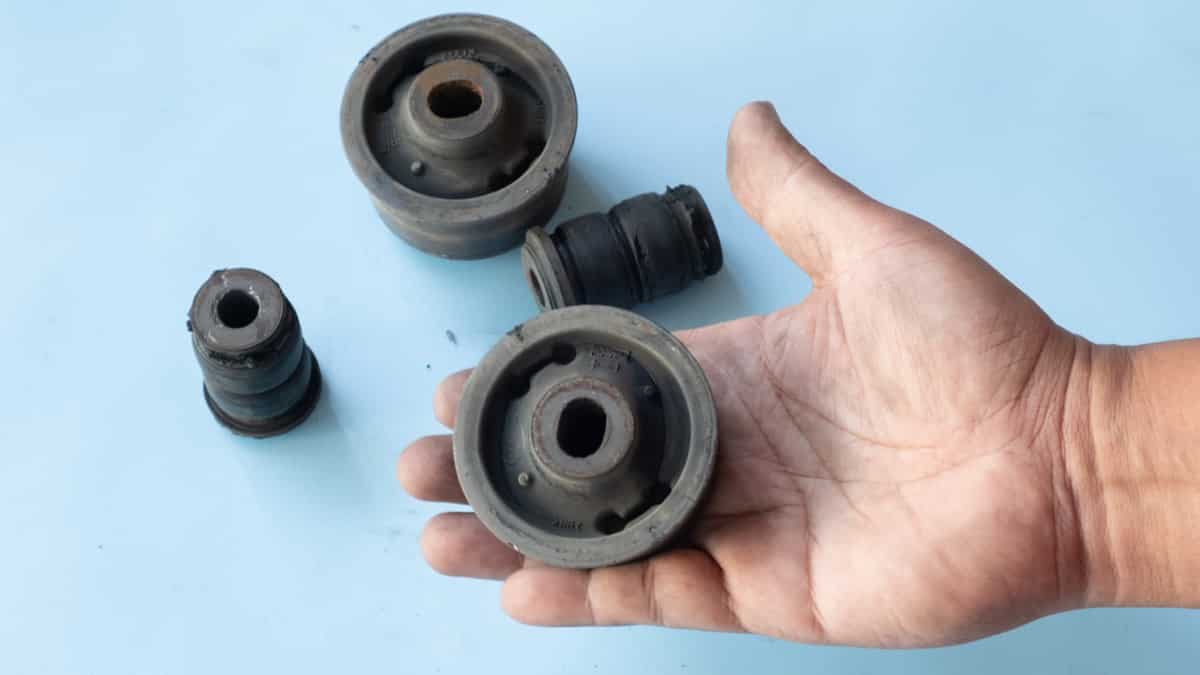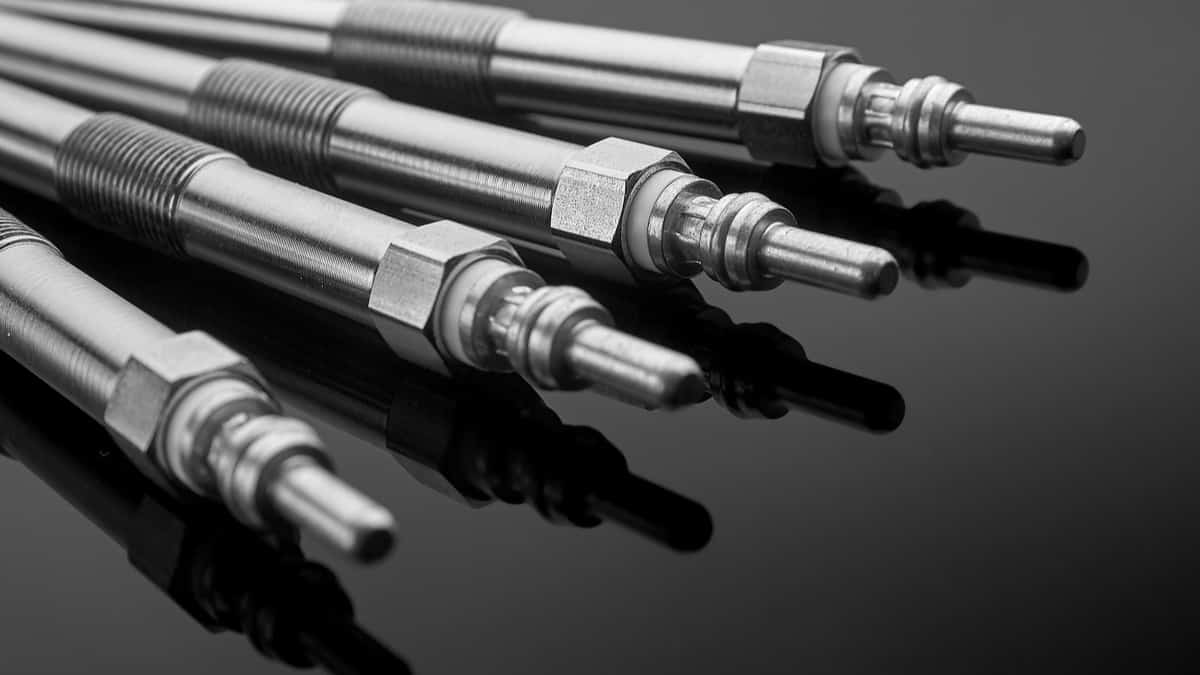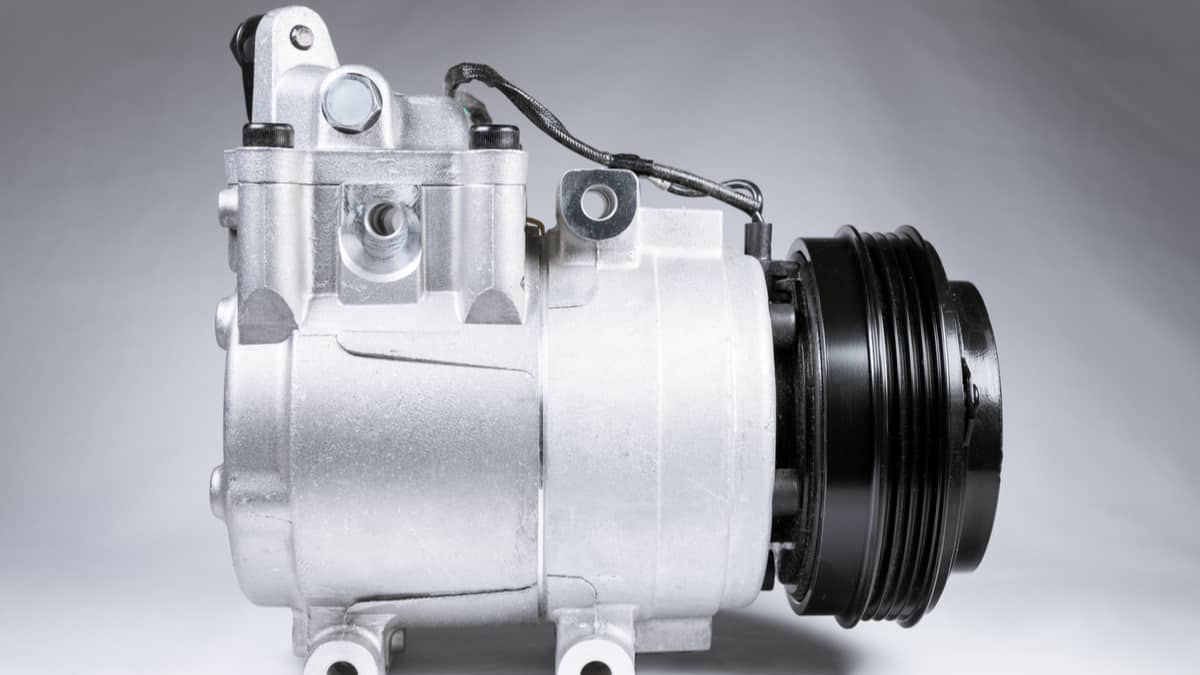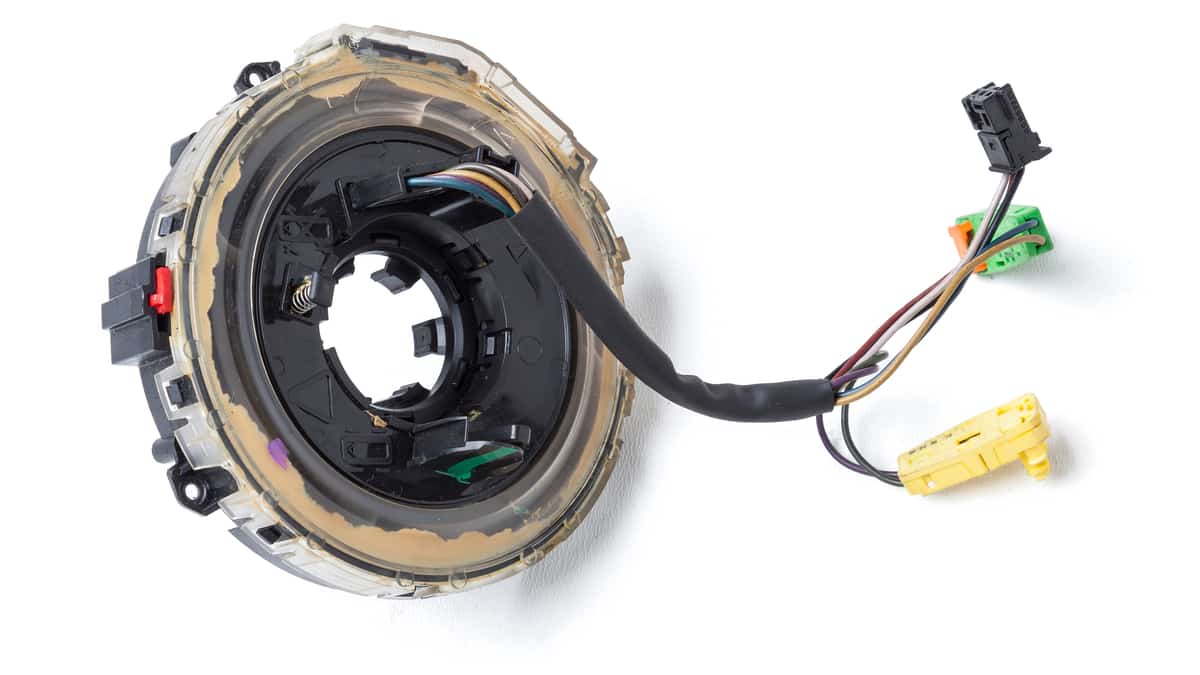With so many working parts in the engine, it’s hard to keep track of everything that’s involved. However, when there’s a problem, you need to know what part is going bad. This leads many people to wonder what the cam phaser is, the symptoms it causes when it goes bad, and how much it might cost to replace.
In this guide, I discuss all of these in depth. I start by explaining how the cam phaser works, ending with the symptoms that indicate something is wrong, and showing you the average cost of replacement.
Symptoms Of A Bad Cam Phaser
The most common symptoms of a bad cam phaser are lower engine performance and a check engine light on your dashboard. You may also notice that the engine is noisier than usual, indicating that you need to inspect and fix it immediately.
Here is a more detailed list of the signs of a bad or failing cam phaser to look for:
1. Check Engine Light
The car computer lets you know whenever something is wrong with the system. With the help of the powertrain control module (PCM), the camshaft positioning is always monitored through sensors.
If the module gets a poor reading from the sensors, it’s going to turn on the Check Engine Light. While this positioning problem could be the result of something else, it’s commonly an issue with the cam phaser. By reading the diagnostic trouble codes with your professional scanner, you should be able to narrow down the problem better.
2. Reduced Engine Performance
The valve timing must be optimized to ensure the engine runs as it was intended. If the cam phaser isn’t operating correctly, the timing is going to be retarded or advanced.
With either of these problems, the engine is going to exhibit performance issues as a result. You might notice trouble accelerating, a rough idle or trouble getting all of the power it normally exhibits.
3. Rattling Noises
The cam phaser should lock in position when the engine is at its base idle. However, if the phaser has failed, it might not be capable of locking in place.
What happens as a result is a knocking or rattling sound. You should hear it coming from the top of the motor. It’s easier to hear when the engine is idling or after it has been warmed up.
READ MORE: 7 Engine Noises You Should Not Ignore (& What They Mean)
What Causes the Cam Phaser to Fail?
1. Low Oil Pressure
The right amount of oil pressure is needed to provide power to each cam phaser. When the pressure is lacking, the cam phaser will go bad.
You could be struggling with oil pressure in your vehicle because of the oil quality or a failing oil pump. Poor oil pressure can also lead to wear inside the phasers, since they are constructed from metal and require lubrication.
2. Wrong Oil Viscosity
You must use the right oil viscosity for the engine to ensure proper friction and lubrication. The engine constantly runs at extreme temperatures, and the wrong viscosity can lead to a lot of wear.
With the right oil used, you also ensure proper pressure. Otherwise, the cam phasers are going to respond more slowly and become damaged.
RELATED: 0w20 vs. 5w20 vs. 5w30 – Oil Viscosity Explained
3. Contaminated Oil
As the oil gets old, it becomes contaminated with sludge, dirt and debris. All of these elements lead to a reduced oil flow, which affects the well-being of the cam phasers.
That’s why you should always change the oil at appropriate intervals. If you are using synthetic oil, you won’t need to change it as frequently as you would conventional oil. Don’t forget to change the oil filter at the same time to ensure the fluid remains fresh.
4. Damaged Gear/Sprocket
Motor oil also helps to lubricate the gears and sprockets. If there is too much friction, these valuable parts are going to fail prematurely, leading to trouble with the cam phaser.
If you are worried about proper lubrication, you can always add friction modifiers for less wear. However, today’s top oil manufacturers provide everything needed to keep the engine running smoothly.
5. Faulty ECU
The ECU is responsible for controlling the cam phasers. If a fault keeps the computer from doing its job, the phaser could fail.
With the best code scanner, you can find these ECU problems quickly. By repairing it, you can ensure that the phasers continue working as intended.
What is a Cam Phaser?
The cam phaser is a part of the variable valve timing system. When it is bad, the Check Engine Light might come on, you might notice reduced engine performance and there might be a rattling noise. To replace a cam phaser, expect to spend $750 to $2,500, unless you can do it yourself.
Today’s modern vehicles are equipped with variable valve timing systems. The cam phaser is an integral part of the VVT system, helping to improve efficiency, increase fuel economy and reduce emissions. These computer-controlled sprockets are mounted to the cam drive sprocket, thereby controlling the camshaft.
Cam phasers are needed to change the camshaft position. It must remain in the right position with the crankshaft to ensure proper valve timing within the engine.
How Do Cam Phasers Work?
The main job of a cam phaser is to adjust the positioning of the engine’s camshaft. It is part of the VVT system, helping to adjust the camshaft position, so valve timing is perfected for optimal performance from the motor.
The phasers are hydraulically operated and computer-controlled. You can find one at the end of each camshaft in the engine. Each one is activated by the VVT solenoid, otherwise known as the oil control solenoid. This solenoid is responsible for applying oil pressure to the cam phaser. Each one will contain its own solenoid.
There are some vehicles containing a phaser for the intake and exhaust camshafts. However, you can find other models that only contain one phaser. Depending on what model you drive, this one phaser could be found on either the intake or exhaust camshaft.
Cam phasers are responsible for rotating the camshaft. This action helps to close and open the valves when required. When the engine is at the lower RPMs, the phasers will open up the valves at specific times to increase throttle response and improve performance. When the RPMs are higher, the valves are timed differently to improve fuel efficiency and reduce harmful emissions.
RELATED: 5 Symptoms of a Bad Oil Control Valve (VVT Solenoid)
Is it Safe to Drive with a Bad Cam Phaser?
If you know that the cam phaser is worn out, you don’t want to keep driving your car. Even if the vehicle continues to run without too much interruption, you are risking it by continuing to drive. The bad phaser could cause more damage to the exhaust or intake valves, the ECU, the motor, solenoids or the VCT. By putting off the repair, you might be causing a larger bill down the road.
You could also lose power suddenly while you are driving. This problem puts you at risk of an accident and exposes others on the road to a dangerous situation. There’s no reason to expose others to hazardous conditions when you can have the vehicle fixed.
Cam Phaser Replacement Cost
On average, you may spend $750 to $2,500 to get the cam phasers replaced. This isn’t a simple job, and one that most novices will not tackle on their own. However, the total cost varies based on what type of vehicle you drive and where you take the car for repair.
Yes, you can save some money by doing the repair yourself. However, if you aren’t sure what you are doing or you don’t have the right tools, you could cause additional damage. Instead, trust the professionals with this advanced repair.
A failing cam phaser can lead to more serious issues like misaligned camshaft timing. Therefore it’s very important to fix the issue as soon as possible. Ignoring these symptoms can lead to serious engine damage, resulting in very expensive repairs.
Categories: Engine
